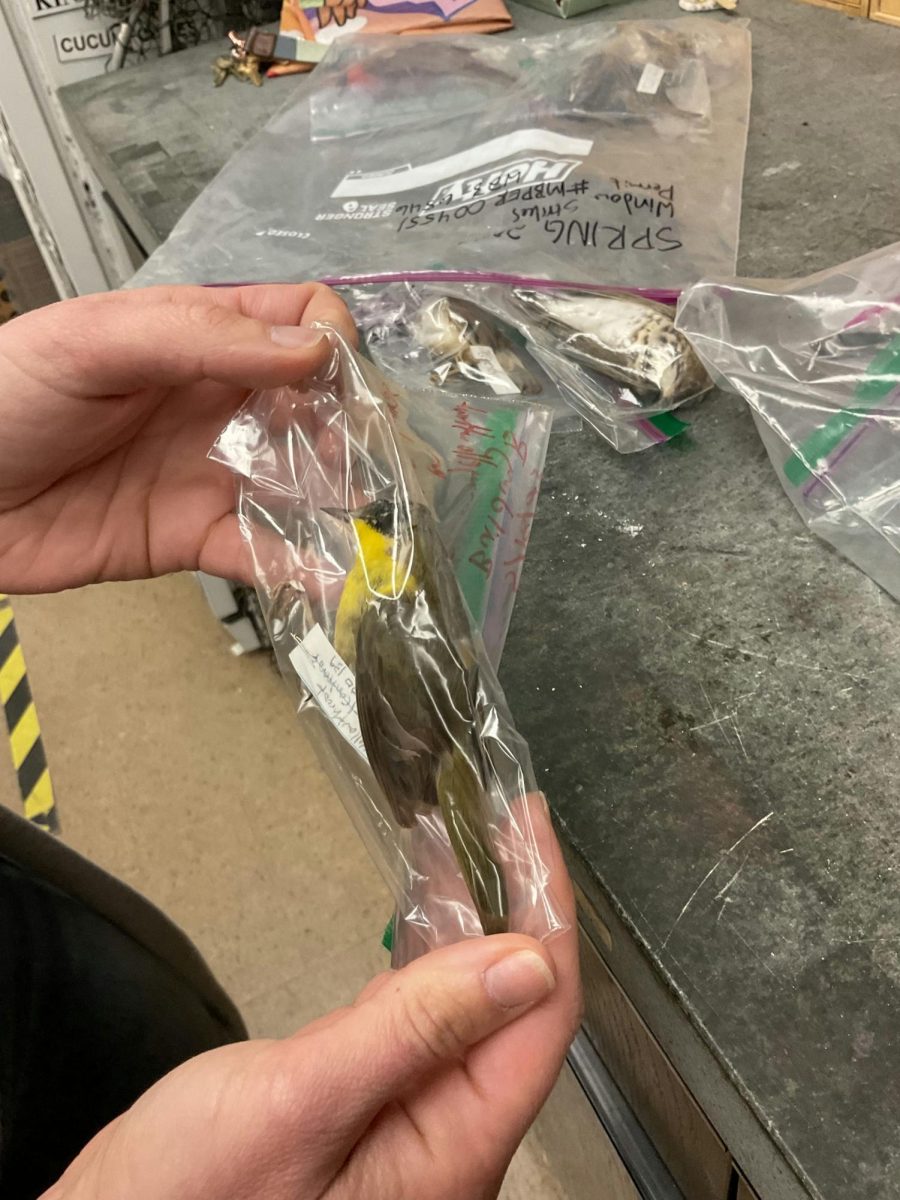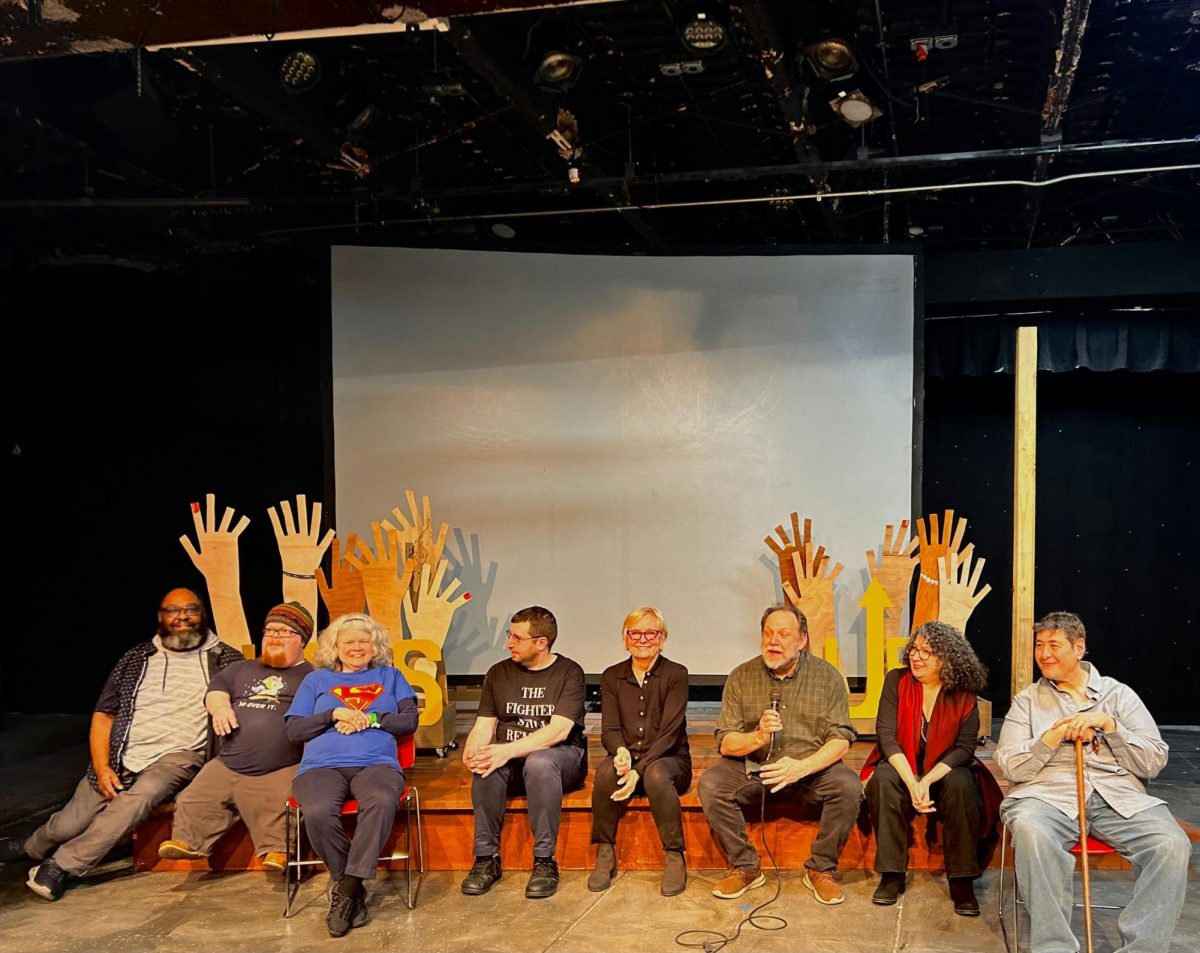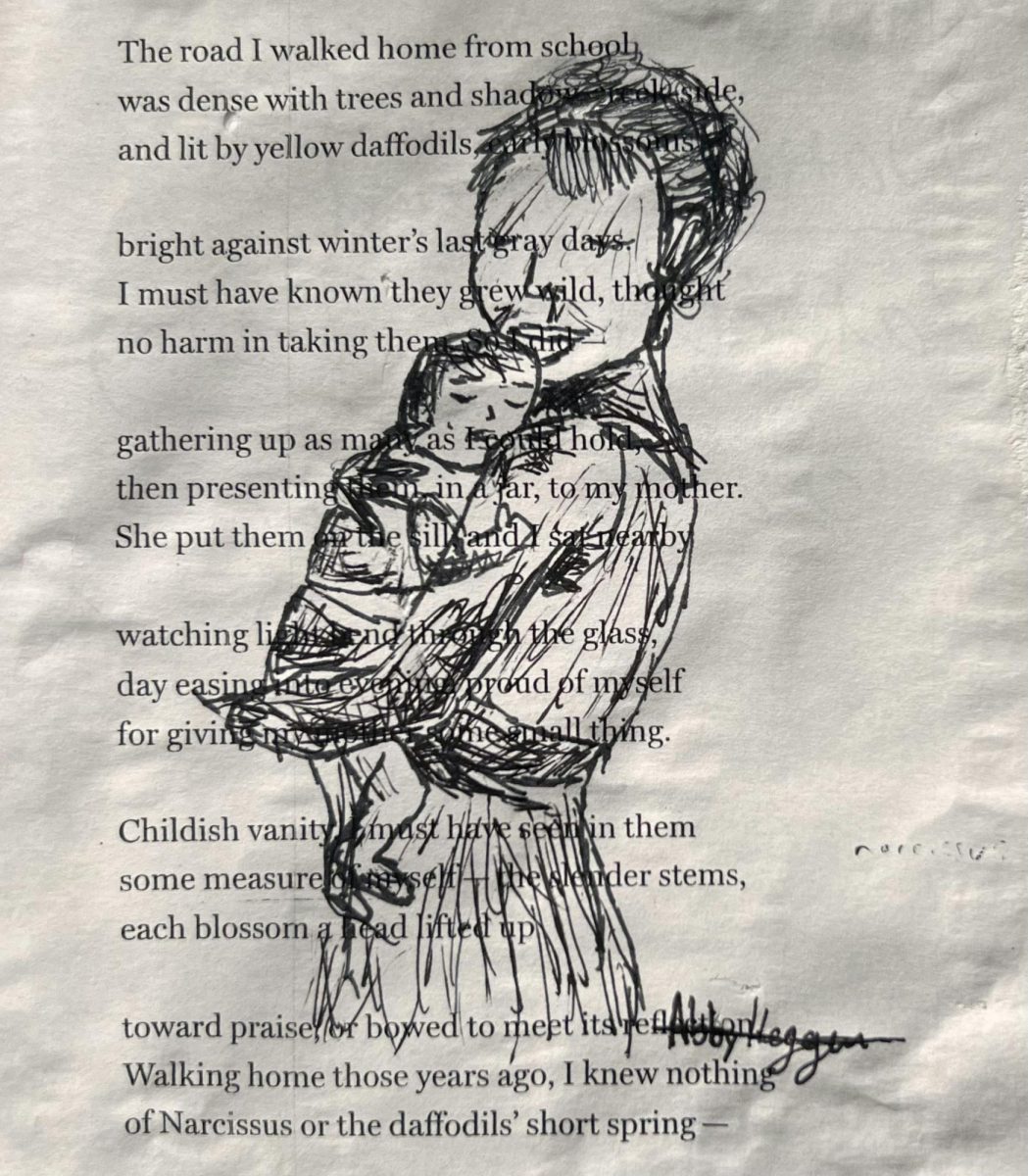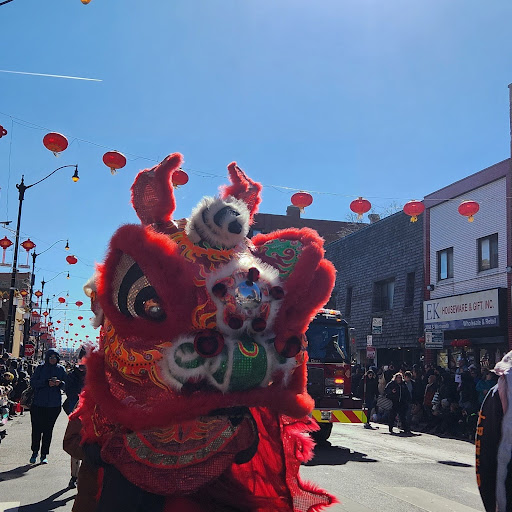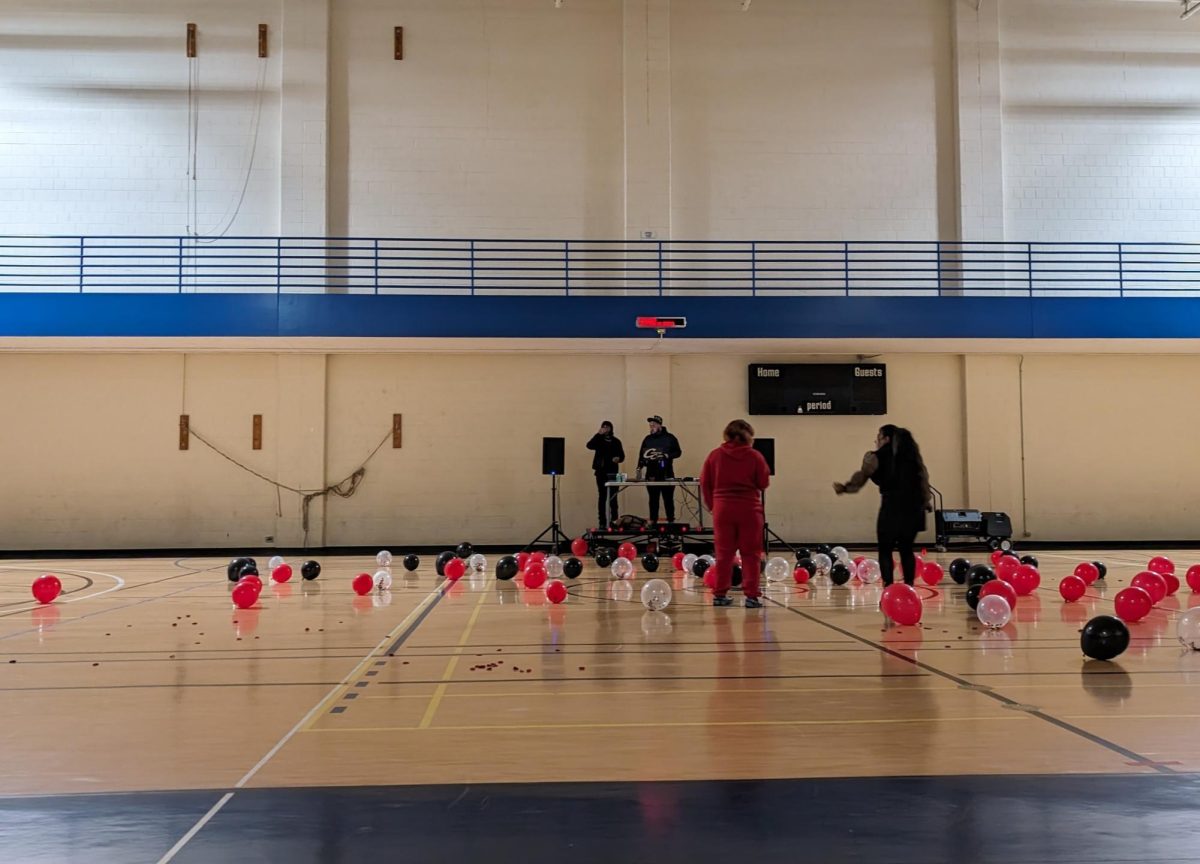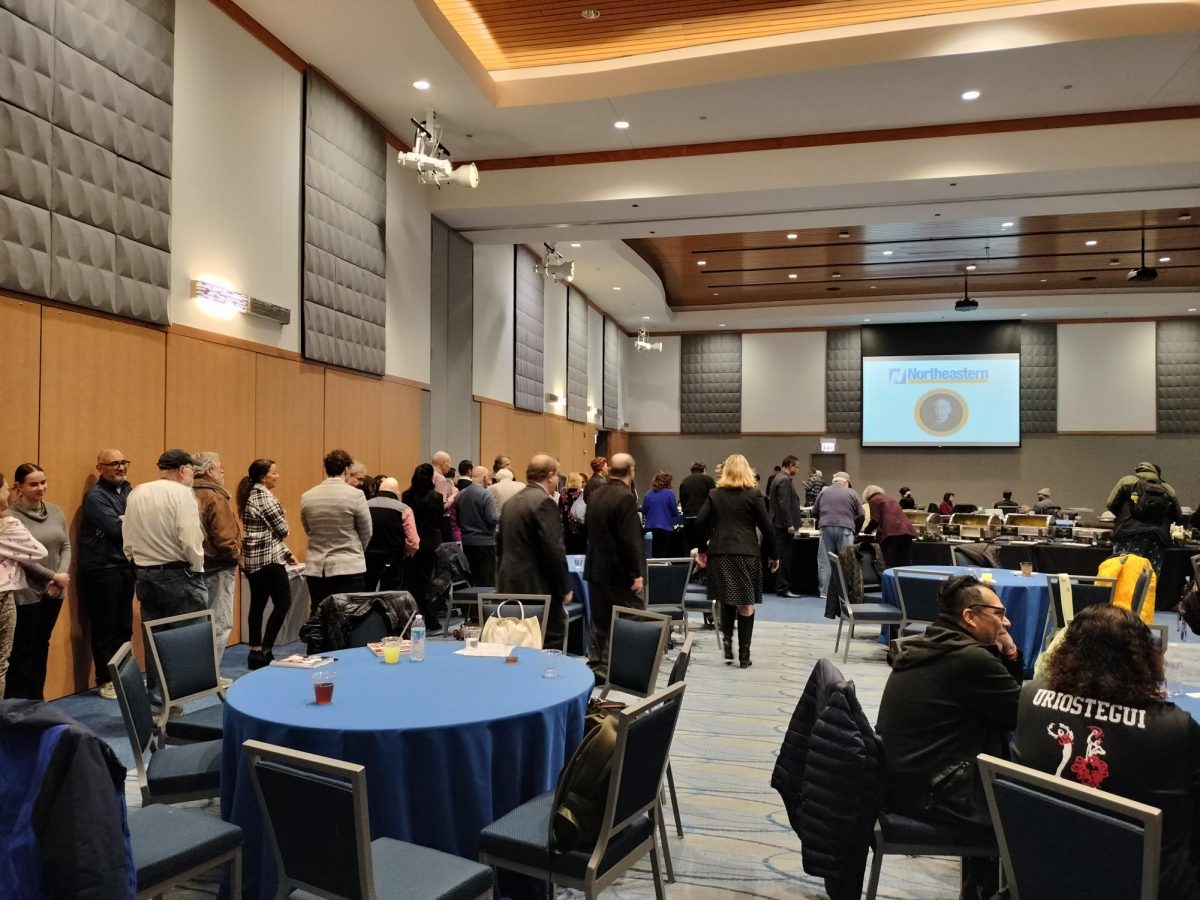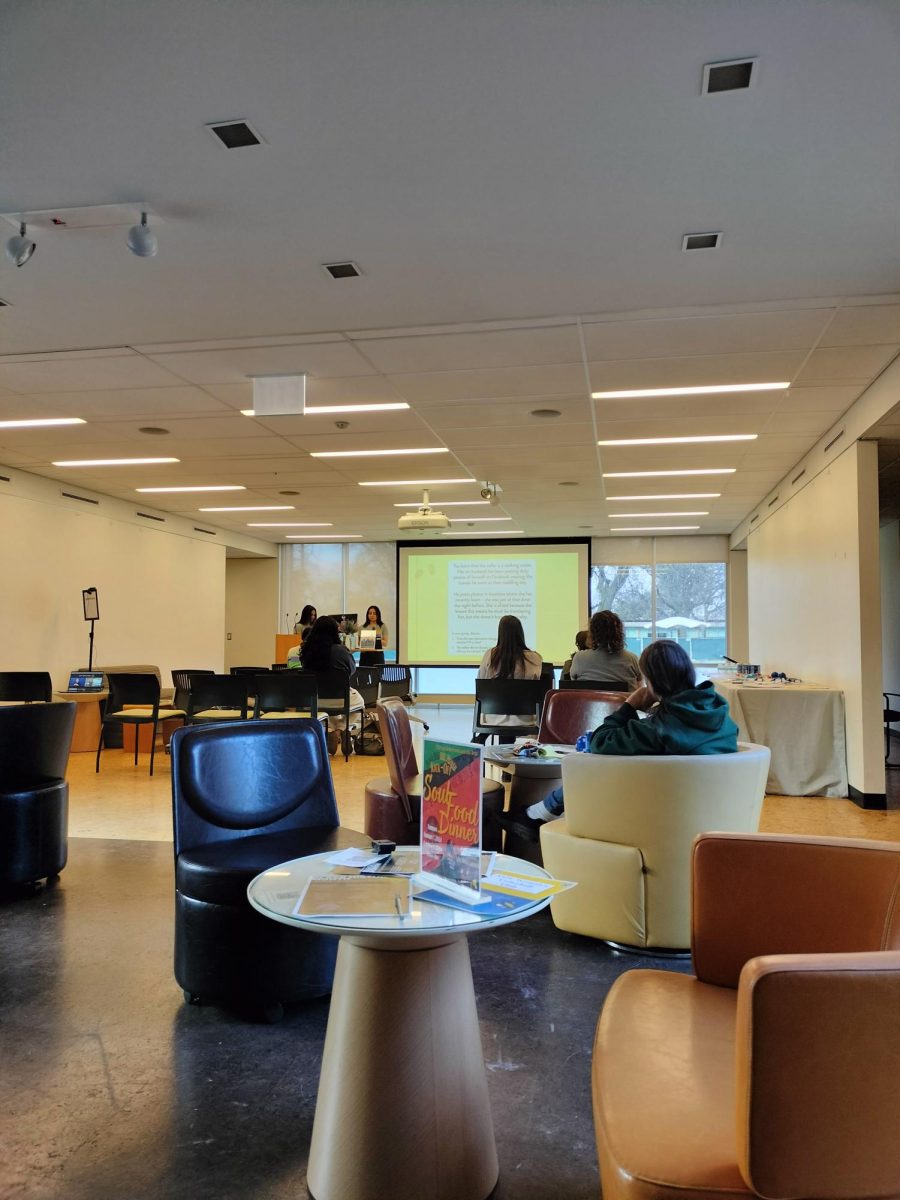Birds are dying left and right at the “nest” of all places at NEIU. In order to tackle the problem of the declining bird population, CollidEscape screening has been installed on more glass corridors around the Main Campus on April 10, 2024.
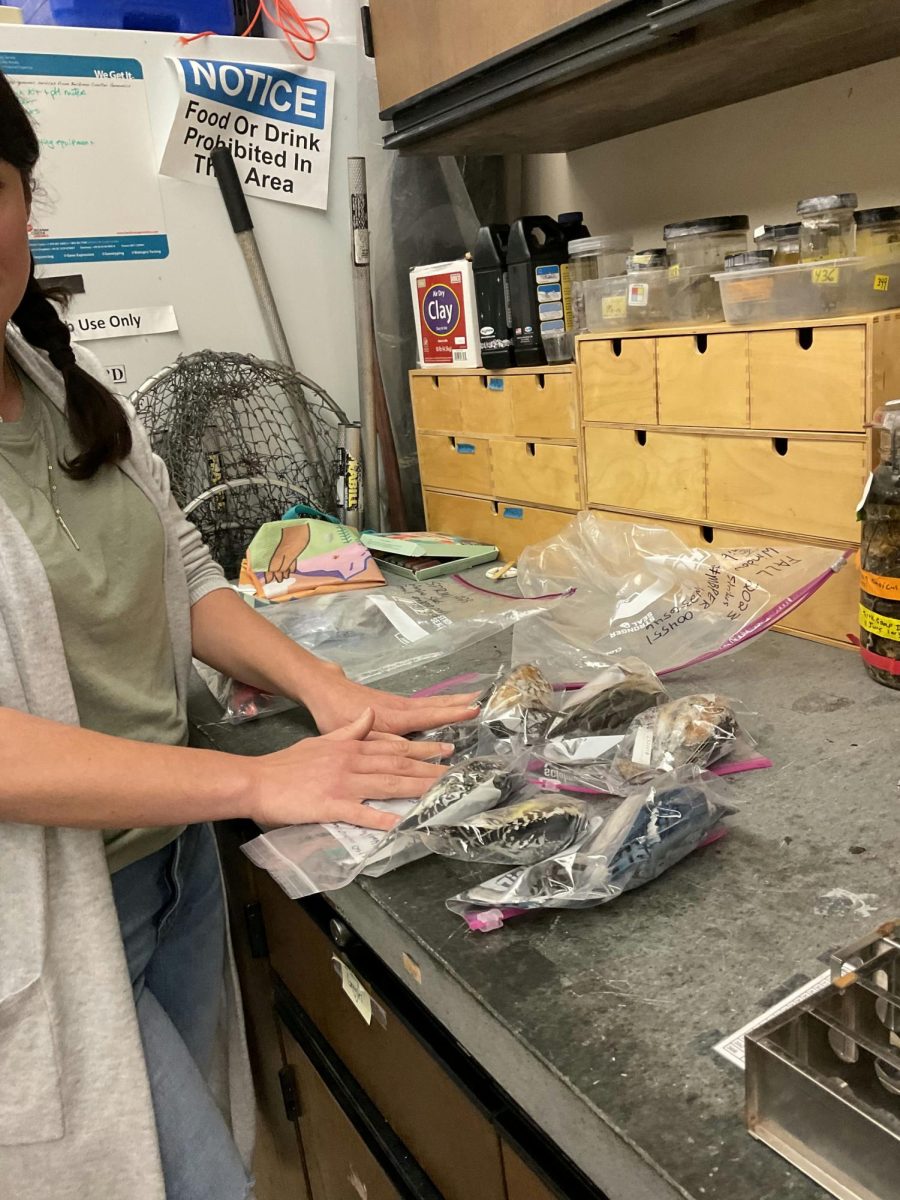
This project was initially executed nine to ten years ago, and discontinued due to the professor who spearheaded the project leaving NEIU. Upon joining NEIU in 2019, Associate Professor of Biology Dr. Beth Reinke, has been working to pick up the project again.
Its previous success was undeniable; at the time, the courtyard (the area across Cafe Descartes) had the highest bird collision rate compared to the rest of campus. According to Dr. Reinke’s surveys, after CollidEscape had been installed, “we found zero dead birds there. It had a 100% success rate.”
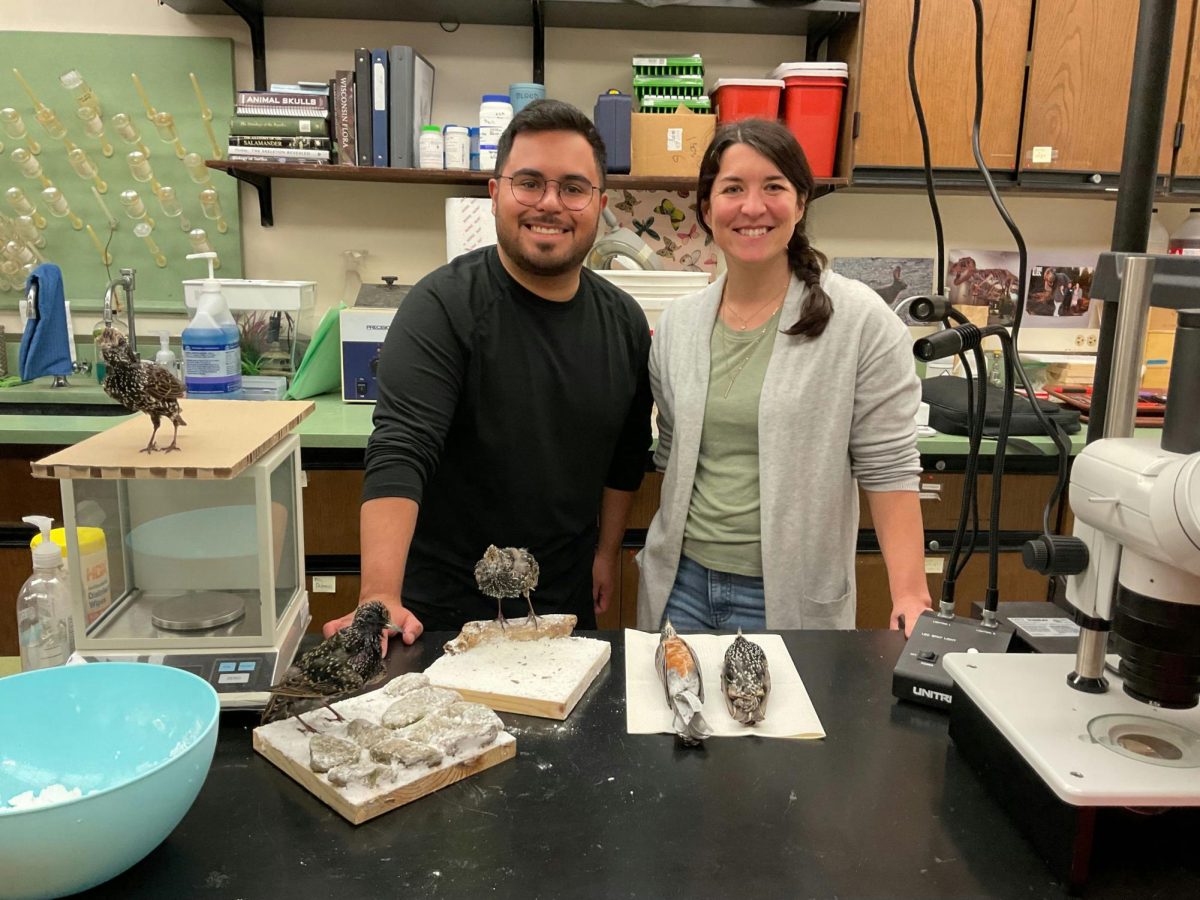
According to data from BirdCast, when migration season hits, late May is the peak. On route to other places, birds migrating through Chicago fly across NEIU at night.
“It’s so crazy to see the colorful, amazing species you think are tropical, sometimes bright orange, bright red…we have way more than pigeons in Chicago,” Dr. Reinke said. At the same time, these birds are hitting the windows because they’re new to the area. “Migration happens at night…they’re landing or taking off at sunset and sunrise. That’s when the window crashes often occur.”
“All of this work requires federal permits – the first step I did,” Dr. Reinke said. This was 2021; “it’s a whole process.” While waiting, she has been leading the project informally. “I had student volunteers who were in my lab already, and [they] would come in the morning, walk around all the buildings on campus, and mark where they found dead birds.”
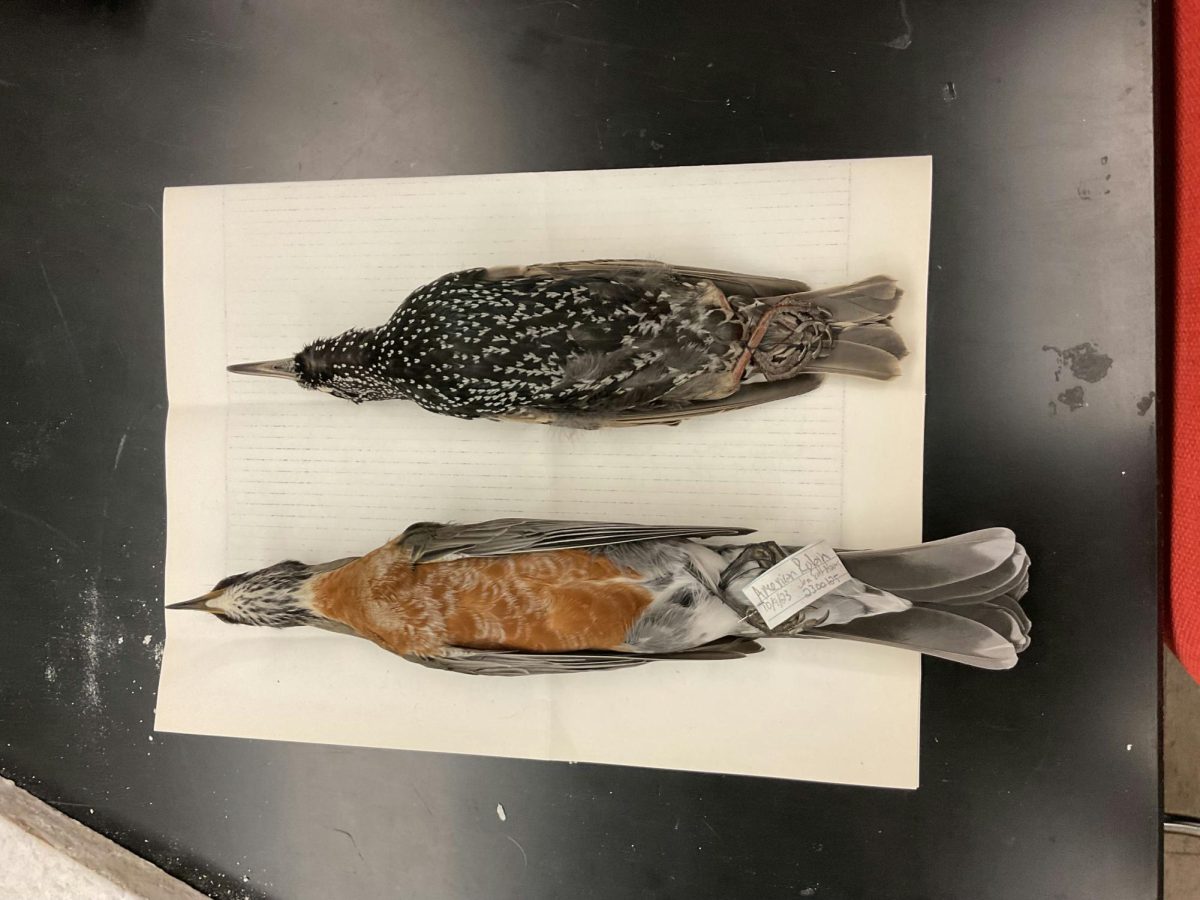
When Dr. Reinke began teaching ornithology, she built this process into her class. “It’s really sad that [the birds] are dead. But we put them in the freezer, and then we can actually use them in class for learning. [The students] are learning to identify these different birds; all I can show are photos, unless we have these actual specimens.” Current ornithology students are learning how to preserve the birds so they can continue to be studied in future classes.
As Dr. Reinke describes, “the students in my Fall Orthology class [last semester] were just appalled at how many dead birds we were finding, and they wanted to do something about it.”
The project was proposed to the Green Fee Committee. Biology major Jon Scott-Haines ’24, who led the project, said, “we had immediate approval. The green fee is composed of members of engineering, marketing, the sciences, and NEIU facility. It was very reassuring that we had support from so many departments of the school.”
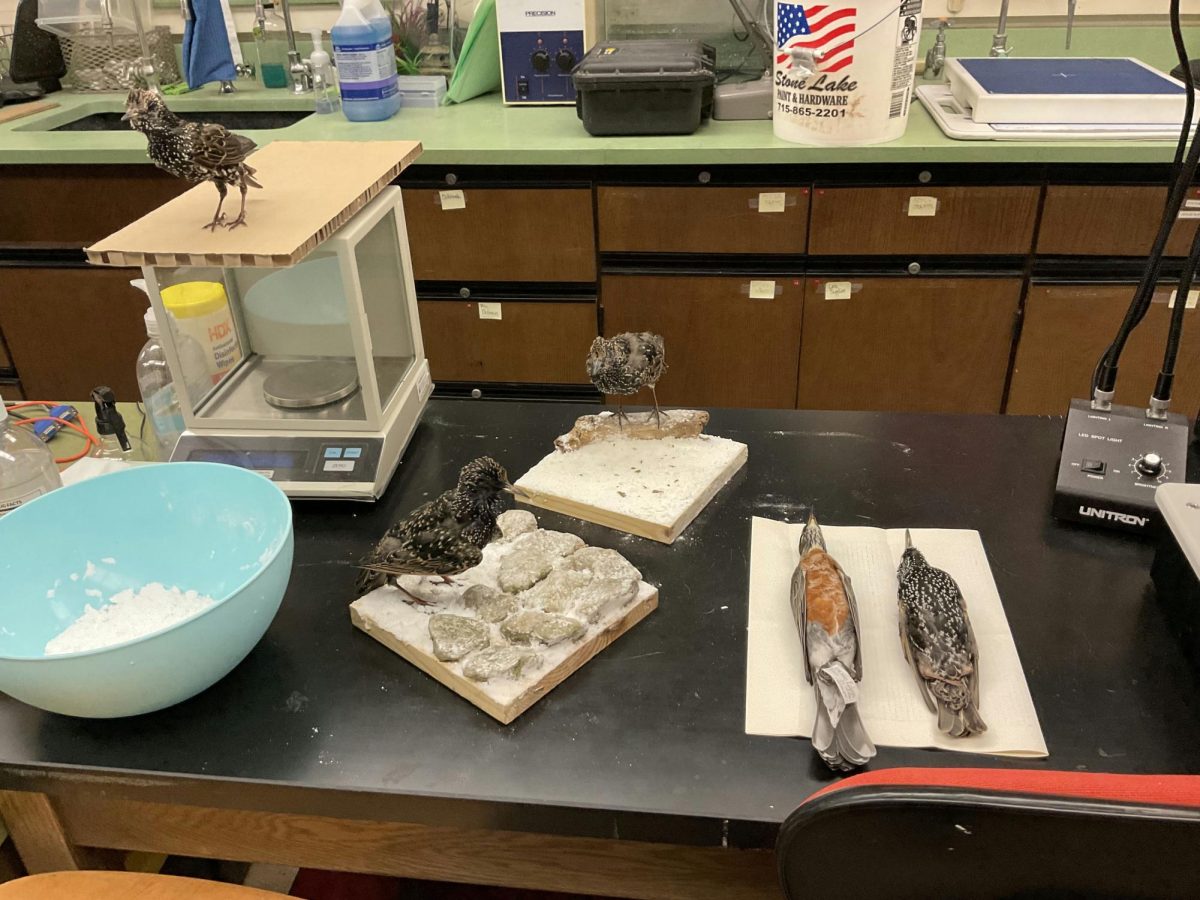
Now the highest collision rate has moved to NEIU’s glass corridors, which is where CollideEscape screening was recently installed. To continue to measure the impacts of this project, upcoming fall’s ornithology class students will conduct daily surveys to compare before and after data of these birds. Although the data will only be collected during migration season, the screening is here to stay.
Of this, Scott-Haines says, “It’s great to see the process through from start to finish. We hope the end result is saving many birds’ lives. The NEIU community has been very supportive and helpful through the process, and I would encourage any student to take a chance on an idea if they believe they can make a difference.”
